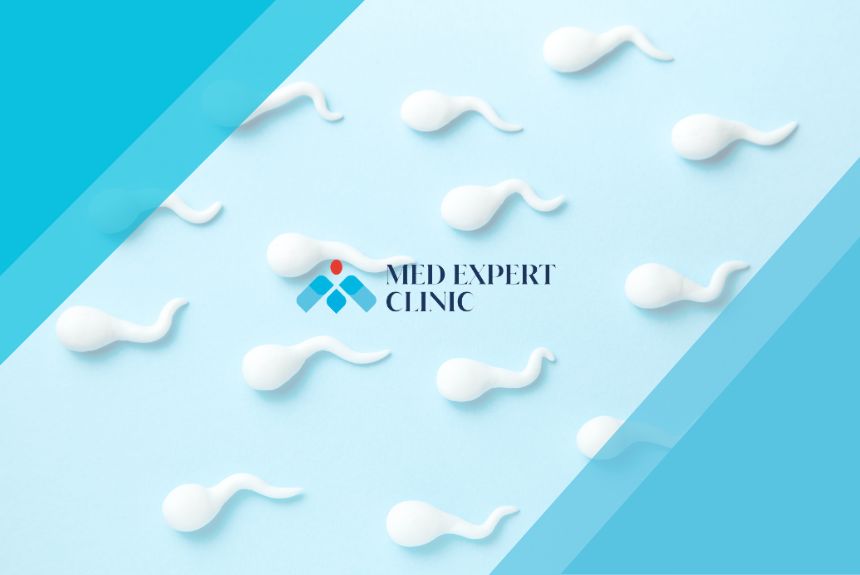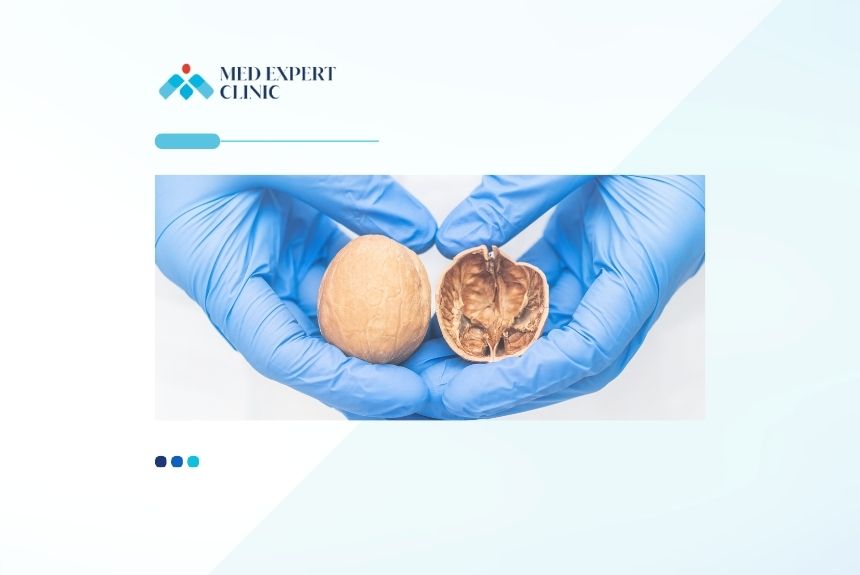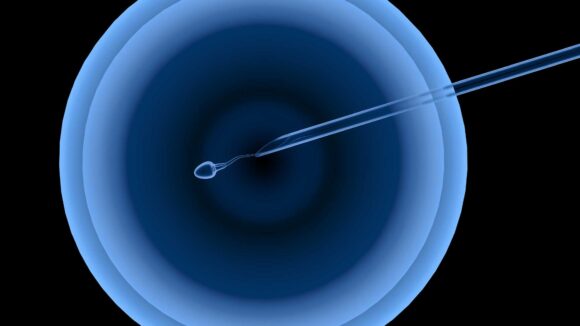A semen analysis is a critical diagnostic test for evaluating male fertility. Learn how the test is performed, the parameters analyzed, and what the results mean for reproductive health.

Recent Blog Posts

Male Infertility Assessment: Comprehensive Guide
Discover a comprehensive guide to male infertility assessment, covering everything from initial evaluations to advanced diagnostic tests and treatment options. Learn how lifestyle changes, medical treatments, and expert care can improve fertility outcomes.

Role of AMH Test in Female Infertility Diagnosis
The AMH test is a critical tool in female infertility diagnosis, offering insights into ovarian reserve and guiding personalized fertility treatments. Learn how AMH levels impact fertility outcomes and why the AMH test is essential in assessing reproductive health.

Ovarian Reserve Assessment in Infertility Evaluation
Ovarian reserve assessment is vital in infertility evaluation, guiding fertility treatments by evaluating the quantity and quality of a woman's remaining eggs. Learn about the different methods of testing, their strengths and limitations, and how early assessment can optimize your fertility treatment plan.

Female Infertility Assessment: Comprehensive Guide
Discover a comprehensive guide to female infertility assessment, covering everything from medical history reviews to advanced testing. Learn how Med Expert Clinic provides personalized and expert fertility care to help women on their journey to conception.

Unexplained Infertility and Hope: Best Treatment Options
Unexplained infertility can be a challenging journey, but there is hope. Explore effective treatment options, emotional support strategies, and inspiring success stories to guide you on your path to parenthood.

Challenges of Unexplained Infertility
Navigating the challenges of unexplained infertility can be overwhelming, but understanding your options and taking proactive steps can help you regain control. This comprehensive guide explores professional treatment options, emotional coping strategies, and practical steps to plan your fertility journey.

Unexplained Infertility: When the Cause Remains Unknown
Unexplained infertility is a challenging diagnosis for couples eager to conceive. Despite thorough medical testing, the cause remains unknown, leading to emotional stress and uncertainty.

Sperm Transport: How It Affects Male Fertility
Explore how sperm transport and motility issues can impact male fertility. Learn about the causes, diagnosis, and treatment options available to overcome these challenges and achieve successful conception.

Testicular Problems: Common Causes of Male Infertility
Explore how testicular problems like varicocele, epididymitis, and testicular atrophy contribute to male infertility. Learn about causes, treatments, and proactive steps to improve fertility.

Hormonal Disorders: Understanding Their Impact on Male Fertility
Understanding how hormonal disorders affect male fertility is crucial for those facing fertility challenges. This comprehensive guide explores common hormonal disorders, their impact on fertility, and effective treatments to restore balance and improve reproductive health.

Age and Female Fertility: The Biological Clock Explained
Understanding how age affects female fertility is crucial for family planning. Learn about the biological clock, fertility timelines, and the impact of age on your reproductive health. Discover how early planning and professional guidance can help you navigate fertility challenges effectively.




